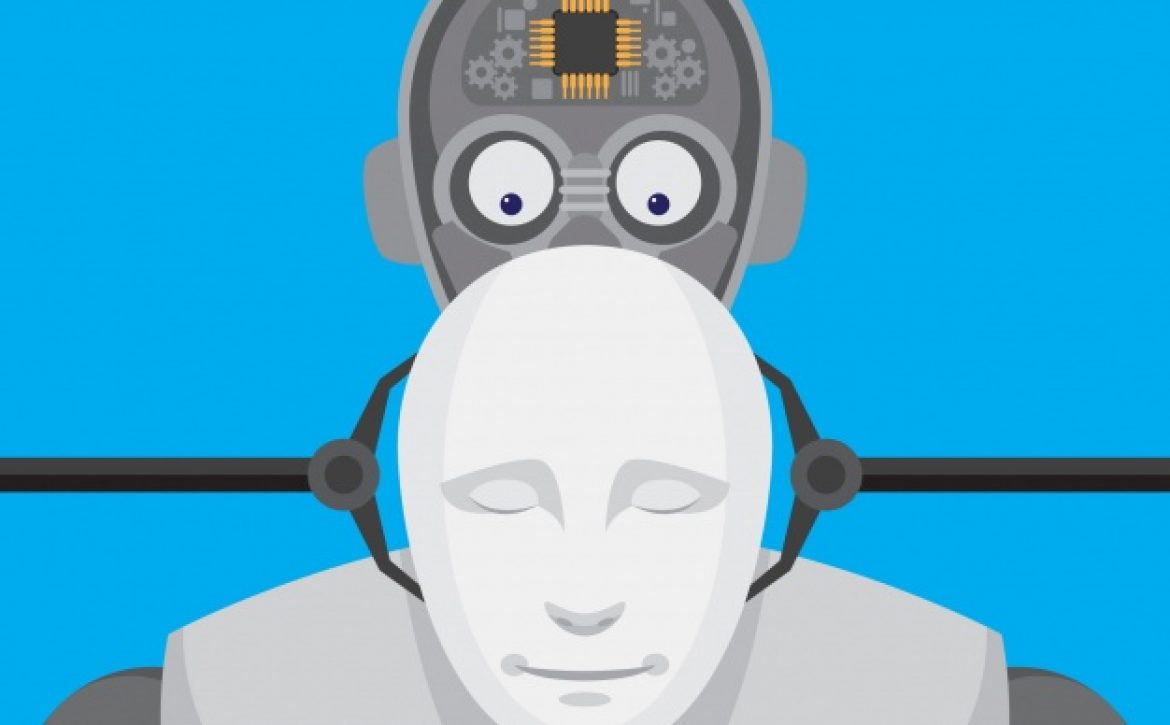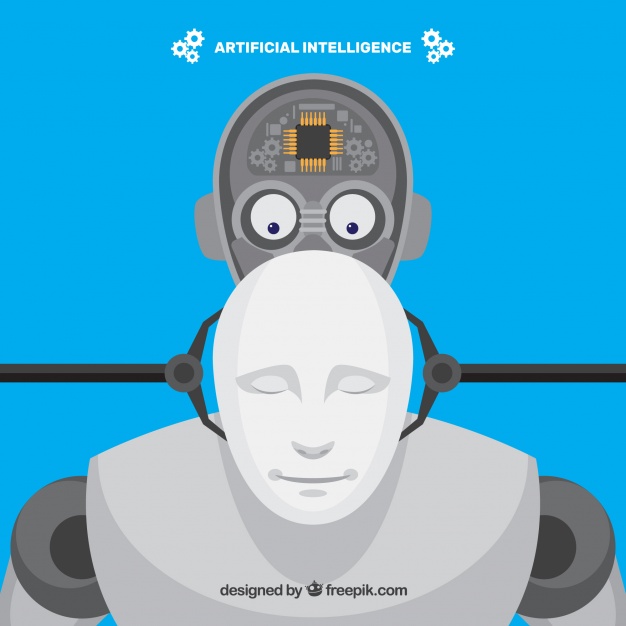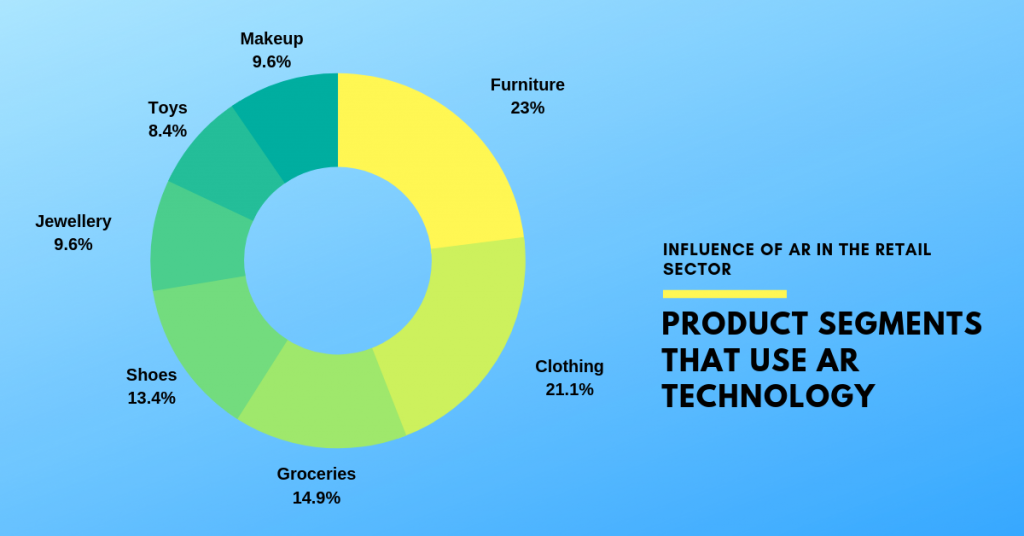Three Technologies That Will Foster After The COVID-19 Pandemic
The last decade introduced the world to the digitization of many sectors. This helped the global trade to increase worldwide as many developing and emerging countries became important trading partners and potential sales and development markets. Digitization has helped us to be more connected and perform our daily tasks more effectively. It has made the world a global village and people global citizens.
However, the economies built in the previous decade came crashing to the ground in the last few weeks as COVID-19 pandemic hit the world. While the pandemic has had a great impact on the global economy, it taught us how to fight and improve the current condition using technology. It has laid a new pathway by disrupting our lifestyles by enabling contact-less and virtual experiences. Even though the technology cannot prevent the onset of the pandemics, it can, however, help prevent the spread, educate, empower, and warn people around. Today, these technologies are emerging more than ever – mobile, cloud, analytics, robotics, AI/ML, 4G/5G, and high-speed internet.

Let us look at three technologies that are disrupting our lifestyle each day during this pandemic:
Artificial Intelligence and Machine Learning
From tracking the travel history of COVID-19 patents to analysing the symptoms of people exposed to the infection, the applications used by many governments do it all. These applications use chatbots to gather information from people, and the technology used in these applications is that of AI and ML. This enables the government to collect reliable information much easier and faster without any human intervention.
The advent of more such mobile applications and software will help ease the lifestyle of customers.
Extended Reality
Augmented and virtual reality is surely a boon in the world of lockdown and quarantine. This technology can be used in providing more meaningful and real experiences for people. The technology can help you see the world while you are locked in your home. This experience will change the way we travel, work, and relax. For instance: Realty brands can focus on using AR/VR videos to target their audiences by helping them take a walk-through the project while they are seated in the comfort of their home. This is an example of how a sector can use the contact-less experience to their advantage.
Cloud and Internet
The last few weeks have seen a great transition in the way the workforce can function. Companies got to believe that remote working and work from home concepts can be of their advantage. The transition to work from home and remote working has increased the dependency on cloud and internet infrastructure. The usage of this technology is set to remain the same even post lockdown and pandemic as many companies are moving towards welcoming a ‘hybrid’ way of working. This will increase the demand for teleworking applications and software for the team to be connected and interactive.
Talking about the internet, technology has changed the sector of education. It has enabled kids to learn and study from home using applications that require an active internet connection to connect with their peers and teachers. For times to come, e-learning will be an accepted norm for the parents and teachers alike.
The COVID-19 pandemic has demonstrated to the world that importance of digital readiness. The acceptance and usage of digital technology will allow the business and individuals to continue their work and chores as usual during the pandemic. The companies at large will focus on building necessary digital infrastructure by using the latest technology to stay connected with their employees and customers. The pandemic has increased their market competition by many folds, therefore businesses will have to take an approach that is human-centred and inclusive using technology governance.























